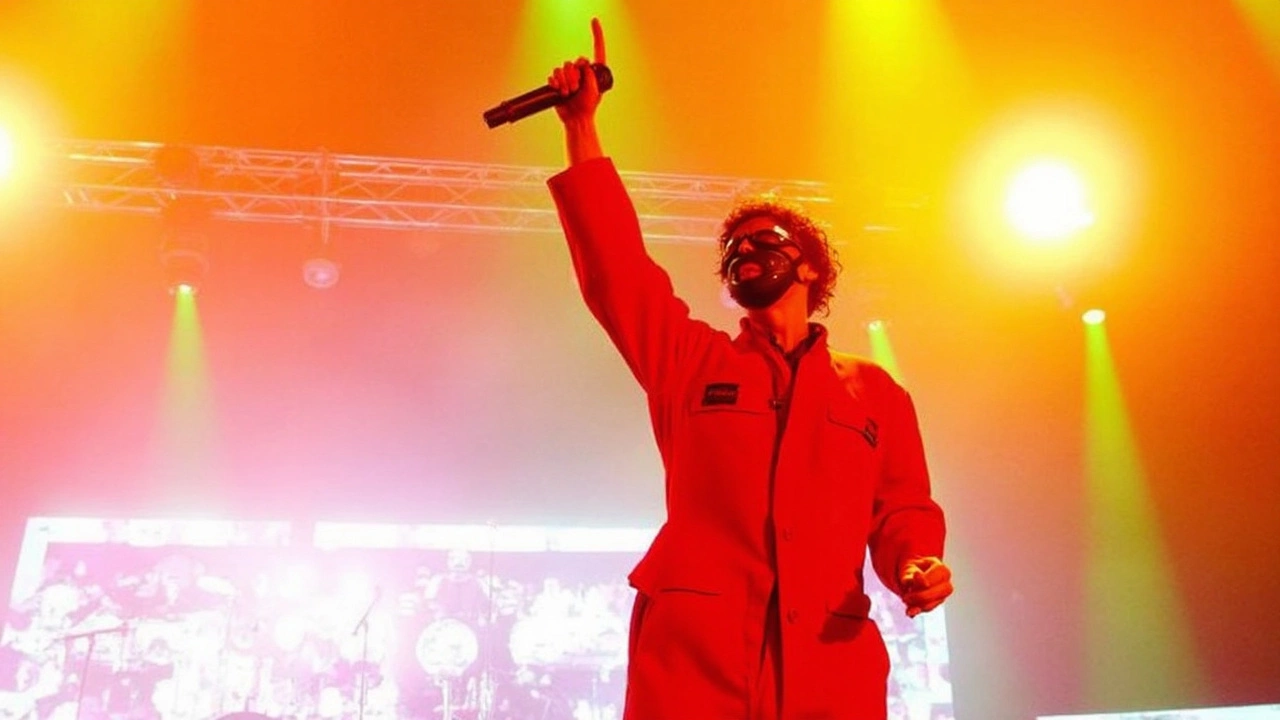Rapper Liam Óg Ó hAnnaidh Charged After Hezbollah Flag Display at London Concert
The fallout from a London concert in late 2023 has caught the attention of British authorities and global media. Liam Óg Ó hAnnaidh, one-third of the Irish rap group Kneecap and known to fans as Mo Chara, is now facing a terrorism charge for what happened on stage that night. His alleged offense? Waving a Hezbollah flag—something that, under UK law, directly links him to a proscribed terrorist organization.
The event took place at the O2 Forum in Kentish Town on November 21, 2023. But it didn’t make public waves—or criminal ones—until many months later, when footage of the performance surfaced online in April 2025. That video quickly triggered a response from the Metropolitan Police’s Counter Terrorism Command. An investigation followed, leading to the announcement of charges authorized by the Crown Prosecution Service. Ó hAnnaidh, 27, is now scheduled to appear before Westminster Magistrates’ Court on June 18, 2025.
A Contentious Case: Protest or Promotion?
This case has sparked big debates on the fine line between political protest and support for violent groups. Kneecap, known for their raw style and outspoken stance on issues facing Irish communities, argue there’s a misunderstanding. In a fiery statement, the group said, "We are not the story. Genocide is." They frame their music and activism as a direct response to systemic oppression, not a call to arms or an endorsement of terror organizations. Their point: what they do on stage is protest, not promotion.
The UK’s anti-terrorism laws treat acts like this one with zero tolerance. Under sections of the Terrorism Act 2000, displaying a symbol linked to a banned group like Hezbollah is seen as a show of support, regardless of the speaker’s intention. And Hezbollah has been fully banned in the UK since 2019—covering both its military and political wings. Any public display of its flag or similar symbols opens the door to prosecution.
Still, Kneecap isn’t a group that usually courts controversy for the sake of spectacle. Their songs hit hard on topics like colonialism, borders, and police violence. Supporters say this incident fits into a much bigger picture of artistic resistance, while critics insist the law can’t ignore what they see as incitement dressed up as rebellion.
For now, all eyes turn to Westminster Magistrates’ Court, where this clash between protest art and counter-terror policing will play out in public. With Ó hAnnaidh’s court appearance set for June, this case could test not just the letter of the law, but how far creative activism can go before it crosses a line the state is unwilling to ignore.
